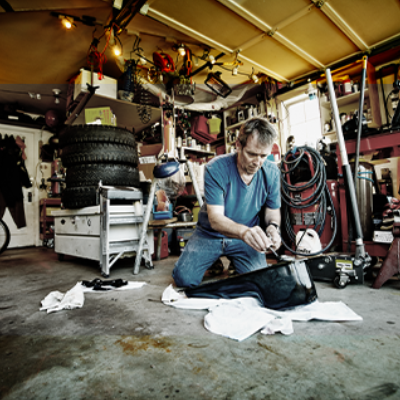- Home
- Services
- Remanufacturing of car parts
- Alternator remanufacturing
Alternator remanufacturing

Replacing the alternator with a new one is usually very expensive. But you can have it reconditioned instead. Before you do, however, it has to be diagnosed accurately. Reconditioning involves replacing or repairing its key components.
Tips
- The life span of a reconditioned alternator is app. 3 times shorter than that of a new one
- The alternator produces the electrical current and you can't drive your car without it
Scope of services
- Removing the alternator
- Disassembling it
- Cleaning its components
- Checking them
- Reconditioning the mounts, bearing seats and the pulley, replacing the bearings, brushes and the ring with new components
- Replacing or reconditioning the rotor, the windings, the diode bridge and the regulator
- Fitting the alternator back in place
Find a car workshop
Check out our workshops that offer the service alternator remanufacturing in some of the biggest cities in your country
Additional info about the service
What is the alternator?
The alternator generates electrical power in the car. It is driven by a belt from the car engine. It charges the battery, thus making your car power-independent while driving.
An alternator breakdown occurs when its bearing, diode bridge or voltage regulator fail. Other alternator components that gradually wear include the brushes and the winding.
How is the alternator replaced?
Irrespective of the type of failure that the alternator suffers from, it has to be removed from the car. To do this, you need to remove the alternator drive belt. Next, you have to disconnect the cables attached to the alternator and then remove its mountings. You can continue the repair after taking the alternator out. A new alternator is fitted in the reverse order. You should check the condition of the alternator drive belt and, if necessary, replace it.
What to keep in mind?
After fitting a new alternator you should start the engine and check the charging current by means of an ammeter. The current should range between 13.8 V and 14.5 V. In the case of some cars, the alternator is equipped with a clutch located in its V-belt pulley that prevents pulling of the drive belt when turning on the engine.
Some alternators are cooled with the coolant from the engine cooling system. If this is the case, the process of removing and fitting the alternator is more complex and requires opening the cooling system."